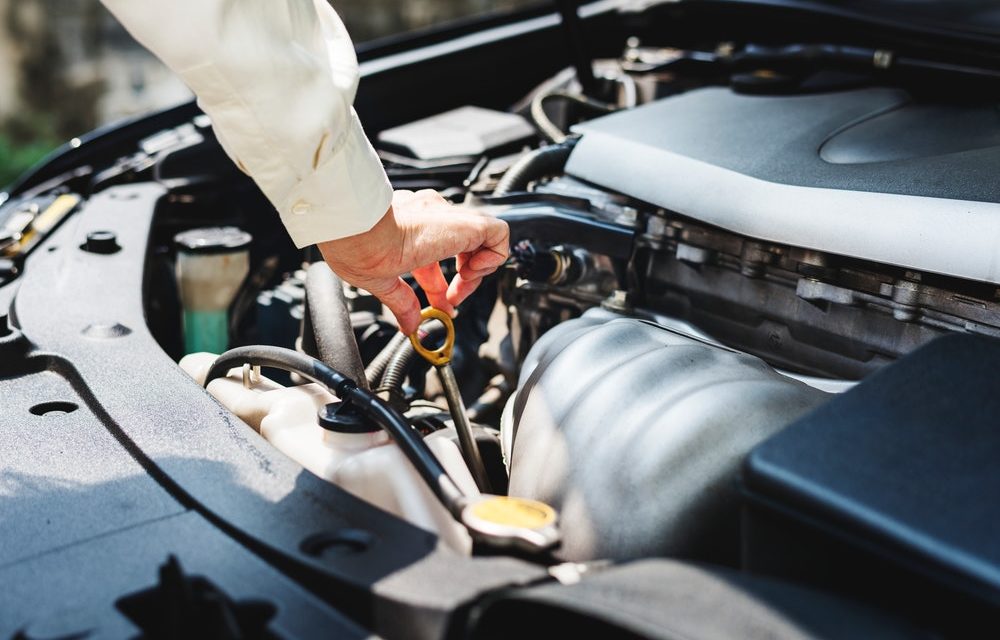Owning a vehicle is something that comes with a lot of responsibilities, including ongoing care, repairs, and maintenance. Keeping a vehicle properly maintained is important and requires time, effort, and money. What some drivers don’t understand is that maintaining a vehicle and enhancing its performance are completely separate efforts.
Maintenance focuses on keeping the vehicle drivable. Performance upgrades are something different. Keep reading to learn how to improve a vehicle’s handling and performance here and why taking these steps is a smart investment.
- Car Maintenance is Key
Changing a clogged air filter, worn-out spark plugs, and taking the time to get regular tire rotations will ensure a vehicle continues driving and riding how it should. If a driver believes that an alignment is needed or isn’t sure about this, they should take it to a mechanic to find out for sure. By doing this, a driver is going to know if a vehicle needs service and be able to get the required maintenance.
Keep in mind, there are some maintenance tasks a driver can handle on their own, but in most cases, using the services of a professional mechanic is going to be best. The professionals will find issues and make the repairs, regardless of how complex they may be. By taking a vehicle into a shop a few times a year, it will be possible to ensure the needed maintenance is provided, and serious nor expensive issues occur.
- Eliminate Some of the Weight
Reducing the weight of a vehicle doesn’t have to involve the use of expensive carbon fiber parts. Chances are, there are a few additional items that are rolling around in the vehicle that doesn’t need to be carried everywhere. This includes extra tools, old insurance cards, and more.
By taking these items out of the vehicle, it will reduce the weight enough to improve the performance of the vehicle in several ways. For example, by doing this, it is going to improve the vehicle’s acceleration while reducing the cornering abilities and reducing total stopping distances.
- Invest in Higher Quality Tires
One of the first performance upgrades a vehicle owner should make is the tires. With tires with a better grip, a person can easily turn, brake, and accelerate. Tires with low rolling resistance are much easier to spin, will save on gas, and the modern designs don’t have the big performance penalty that the earlier LRR tires did.
For a quieter ride, don’t choose the higher mileage touring tires. Instead, opt for faster-wearing, softer rubber. When it is time to replace the tires, do a bit of research to find the right ones.
Keep in mind, winter tires aren’t just for handling ice- and snow-covered surfaces. They have been designed using materials that remain pliable in colder temperatures. This is going to help the tires perform better than the other types during the winter months and on dry surfaces.
- Upgrade the Sway Bar
Using hard polyurethane bushings, it’s possible to keep the suspension geometry where it should be, which is something that is going to improve handling. Unfortunately, bushing replacement requires specialized tools. However, there is one area where this isn’t the case -; the sway bar links.
These are typically held on using several bolts, so changing them is simple. If a person is trying to reduce body roll, then thicker sway bars are going to keep the car flat around corners. These are not more difficult to install than the sway bar links.
- Opt for Lighter Wheels
The actual effects related to reducing wheel weight is more complex than just following the accepted rule that one pound of rotating weight is the same as four pounds of static weight. But, if a driver opts to purchase a higher quality alloy rim, it will usually weigh less than half of what the equivalent wheel made of steel does. This is going to have a significant impact on braking and acceleration. Fitting a set of larger rims on an older vehicle may also introduce new tire options, which means higher quality rubber may be possible.
- Consider the Installation of a Shorter Shifter
If a vehicle has a manual transmission, the speed that the vehicle shifts is dependent (mainly) on the distance that the shifter has to be moved and how easy it is to find each gear. With a short shifter, both factors are improved by moving the pivot point to reduce the shifter’s mechanical advantage. This helps in reducing the length of the throws, while increasing the notchiness of the gear engagement, allowing a driver to shift properly and confidently.
There are several hand tools needed to fit a shorter shifter. There are some shifter designs that even make it possible to access everything from the inside of the cabinet. This makes this installation and performance upgrade simple.
- Improve the Vehicle’s Brakes
A large brake kit may improve overall brake performance. However, these complex kits are extremely challenging for the average person to install on their own. They are also extremely expensive, making it a cost-prohibitive option for many.
A better option is to work with what is already in the vehicle and to upgrade the pads. There are several companies that offer street pad formulations that are much more aggressive. However, they don’t have to remain hot as the racing pads do.
By making this upgrade, it’s possible to reduce stopping distances. However, this does come at a cost. Once this option is installed, it is going to result in higher pad wear and a higher level of noise.
Improving a Vehicle’s Performance
If a driver wants to improve the performance of their vehicle, it is clear from the list here that there are more than a few ways they can do this. Take some time to review the list to find out which performance boosts are right for a vehicle. By doing so, it is possible to achieve the drivability desired and ensure a car experiences superior efficiency while on the road, regardless of how far a driver has to go.
 Copyright protected by Digiprove © 2019
Copyright protected by Digiprove © 2019 











